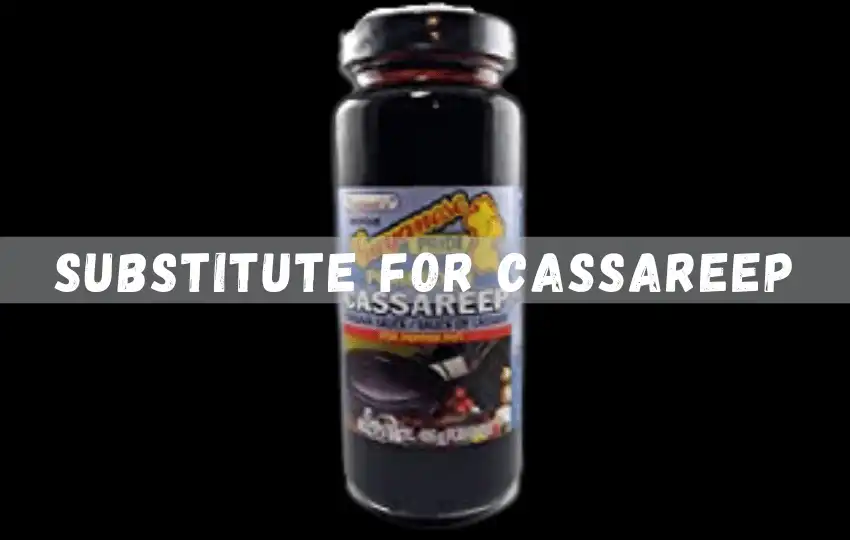Cassareep is a vital ingredient in Guyanese cuisine, which is made from boiling grated cassava roots with spices.
It is a thick, black, and savory sauce that adds flavor to many traditional dishes like pepper pot, cook-up rice, and chicken curry.
Although it is a well-loved ingredient, it may not be easily accessible in some parts of the world. Hence, finding a substitute for Cassareep is a must.
In this post, I will share 10 ideal alternatives for Cassareep, along with how to use them and their proper ratios.
In short, "What can I use instead of cassareep?" Molasses, Soy Sauce, Worcestershire Sauce, Balsamic Vinegar, Dark Soy Sauce, Marmite, Fish Sauce, Pomegranate molasses, Tamarind paste, Dark corn syrup.
What is Cassareep, and what does Cassareep taste like?
Cassareep is a thick, dark, and flavorful sauce made from the juice of bitter cassava root. It is a key ingredient in Guyanese and Caribbean cuisine, particularly in dishes like a pepper pot.
Cassareep is made by boiling down the juice of the cassava root until it reduces and thickens.
Cassareep has a unique taste that is rich, smoky, and slightly sweet. It has a deep, caramelized flavor with hints of bitterness and earthiness.
The long cooking process gives it a concentrated taste and a dark color. Some describe the flavor as reminiscent of molasses or soy sauce but with a distinct character of its own.
The smoky and sweet notes of Cassareep come from the caramelization of the cassava juice during the reduction process.
It adds a depth of savor and a rich, savory quality to dishes. Cassareep also has a slightly tangy undertone that balances out the sweetness and counts complexity to the overall taste.
Overall, Cassareep is a unique and flavorful sauce with a rich, smoky, and a little sweet taste.
Its deep, caramelized flavor profile makes it a prized ingredient in Caribbean cuisine, adding a distinct and memorable taste to dishes.
Uses of Cassareep
Cassareep is often used as a marinade for meats like beef, pork, chicken, fish, and shrimp. The condiment helps keep the meat moist while adding flavor.
It also works nicely as an ingredient in sauces and stews. Cassareep can be added to barbeque sauces to give them a smoky flavor or mixed into curries to give them an exotic sweetness.
Another common use of Cassareep is as a dipping sauce for fried snacks like plantain chips or yuca fries.
It’s also great for making jerk-style dishes because its sweetness helps balance out the spiciness of jerk seasoning.
Additionally, producers of packaged foods such as potato chips have been known to add Cassareep flavoring to snack mixes.
Aside from its culinary uses, Cassareep has medicinal properties too.
Where to buy Cassareep?
If you are looking for Cassareep, where to buy, there are a few other places you can go. Many specialty food stores carry it, as do some international grocery stores.
You can also order online from many retailers that provide a variety of diverse flavors and types of Cassareep.
Best substitutes for Cassareep
1. Molasses – a good substitute for Cassareep
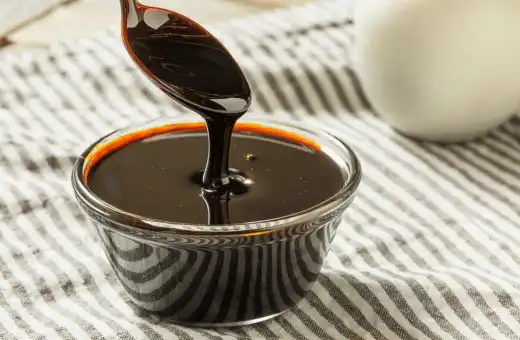
Molasses is the most accessible substitute for Cassareep and is easily obtainable at any grocery store.
Ratio or measurement: You can use one tablespoon of raw molasses as a replacement for one tablespoon of Cassareep.
However, it has a sweeter taste than Cassareep and can alter the savor profile of your dish.
2. Soy Sauce – similar taste to Cassareep
Soy sauce can make a reasonable substitute for Cassareep, although it has a thin consistency and a much saltier taste.
Ratio or measurement: Reducing its amount can help, and you can use one tablespoon of soy sauce for every tablespoon of Cassareep.
3. Try Worcestershire Sauce to replace Cassareep
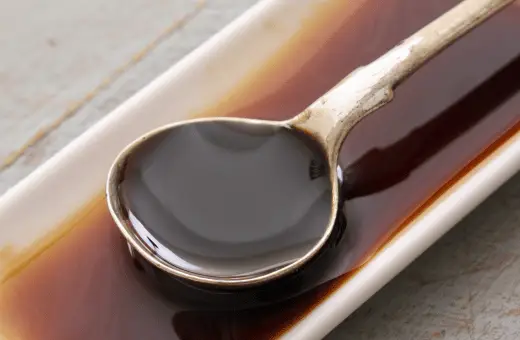
Worcestershire sauce has a similar consistency to Cassareep, and its color is close enough to make it an excellent substitute.
It’s important to note that Worcestershire sauce contains several ingredients, including anchovies, that may alter the taste of your dish.
Ratio or measurement: Use it in equal amounts as Cassareep in your recipe.
4. Balsamic Vinegar – similar taste to Cassareep
Balsamic vinegar has a sweet and sour taste and may alter the flavor profile of your dish slightly.
Ratio or measurement: You can replace Cassareep with Balsamic vinegar in equal amounts if you don't mind the different flavor.
5. Dark Soy Sauce – a great alternative to Cassareep
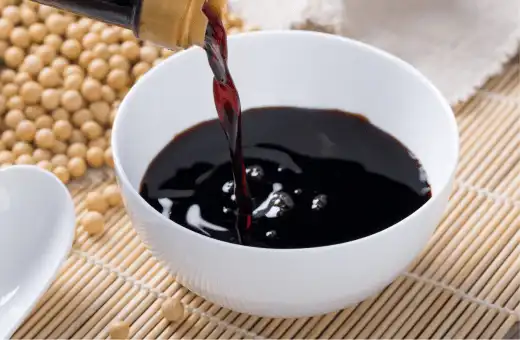
Dark Soy Sauce has a more robust taste than light soy sauce and a thicker consistency that can replace Cassareep.
Ratio or measurement: You can use it one-for-one as a substitute; however, it has a saltier flavor profile.
6. Marmite – similar taste to cassareep
Marmite is a yeast-based extract that can serve as a substitute for Cassareep in your dishes. It has a somewhat sweet and salty taste and has a similar viscosity to Cassareep.
Ratio or measurement: You can use it in equal amounts, but it has a strong taste that may be too overpowering for some dishes.
7. You can try Fish Sauce instead of Cassareep
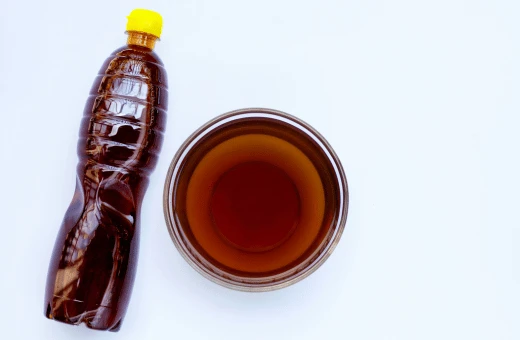
Fish sauce profile to Cassareep, although it has a thin consistency that may dilute your dish.
Ratio or measurement: You can use a tablespoon of fish sauce instead of one tablespoon of Cassareep.
8. Pomegranate molasses – similar taste to Cassareep
Pomegranate molasses is a sweet and tart syrup that is an excellent substitute for Cassareep.
Ratio or measurement: Use it in equal amounts as Cassareep in your recipe.
9. Replace Cassareep with Tamarind paste
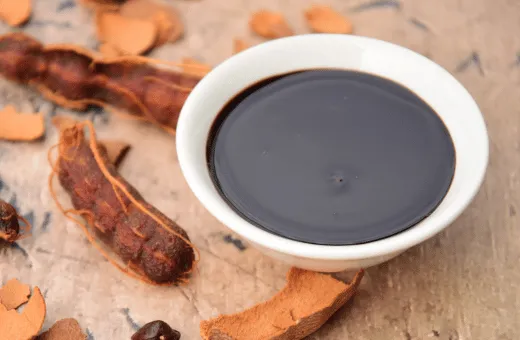
Tamarind paste is another substitute for Cassareep. This has a sweet and sour flavor that is similar to Cassareep.
Ratio or measurement: To use it, mix one tablespoon of tamarind paste with one cup of water and use it in place of Cassareep in your recipe.
10. Dark corn syrup – similar taste to Cassareep
Dark corn syrup is an excellent substitute for Cassareep. It has a mildly sweet savor and a similar color to Cassareep.
Ratio or measurement: To use it, mix one cup of dark corn syrup with one tablespoon of vinegar, and use it in place of Cassareep in your recipe.
substitute for giardiniera
Giardiniera is an Italian relish consisting of pickled vegetables such as cauliflower, carrots, celery, bell peppers, olives and onions in vinegar or oil.
The vegetables are usually marinated in a combination of oil, vinegar and seasonings such as garlic, oregano, red pepper flakes and/or sugar.
The resulting savor is sweet and tangy with a slightly spicy kick. Giardiniera can be served as an appetizer or side dish with cheese and crackers or on top of sandwiches.
It makes for a wonderful addition to salads or pizzas. Giardiniera is a tasty way to add flavor and texture to any meal!
Conclusion on substitute for Cassareep
Cassareep is an essential ingredient in Guyanese cuisine that provides a unique flavor to many traditional dishes.
However, if you cannot find it, you can use any of the substitutes listed above, depending on your preference.
Always remember to adjust the ratios accordingly to achieve the desired taste and consistency in your recipe. With these alternates, you can still enjoy the authentic flavors of Guyanese cuisine wherever you are in the world.
FAQs on substitute for Cassareep
Q1. What is similar to Cassareep?
Cassareep is a thick syrup made from boiling cassava root, which is similar to yuca or tapioca. Other popular ingredients that are similar to Cassareep include mabi, tamarind sauce, and guava jelly. These ingredients can use in the same way as Cassareep to add extra flavor and fragrance to dishes.
Q2. How long does Cassareep last?
Cassareep is a condiment made from the cassava root, used by the indigenous someones of South America for centuries. It is known for its uncommon flavor and its shelf-life, which can last up to two years without refrigeration.
This makes it an ideal condiment to store in your pantry or cupboard, as you can use it over the course of many months without worrying about spoilage. Cassareep is also increasingly popular as a marinade or barbecue sauce due to its versatility and ability to enhance any dish’s taste.
The shelf-life of Cassareep depends on how it is stored – if it is preserved in a cool and dry place, out from direct sunlight, it can last up to two years. If exposed to high temperatures or humidity, the shelf-life will be reduced significantly.

